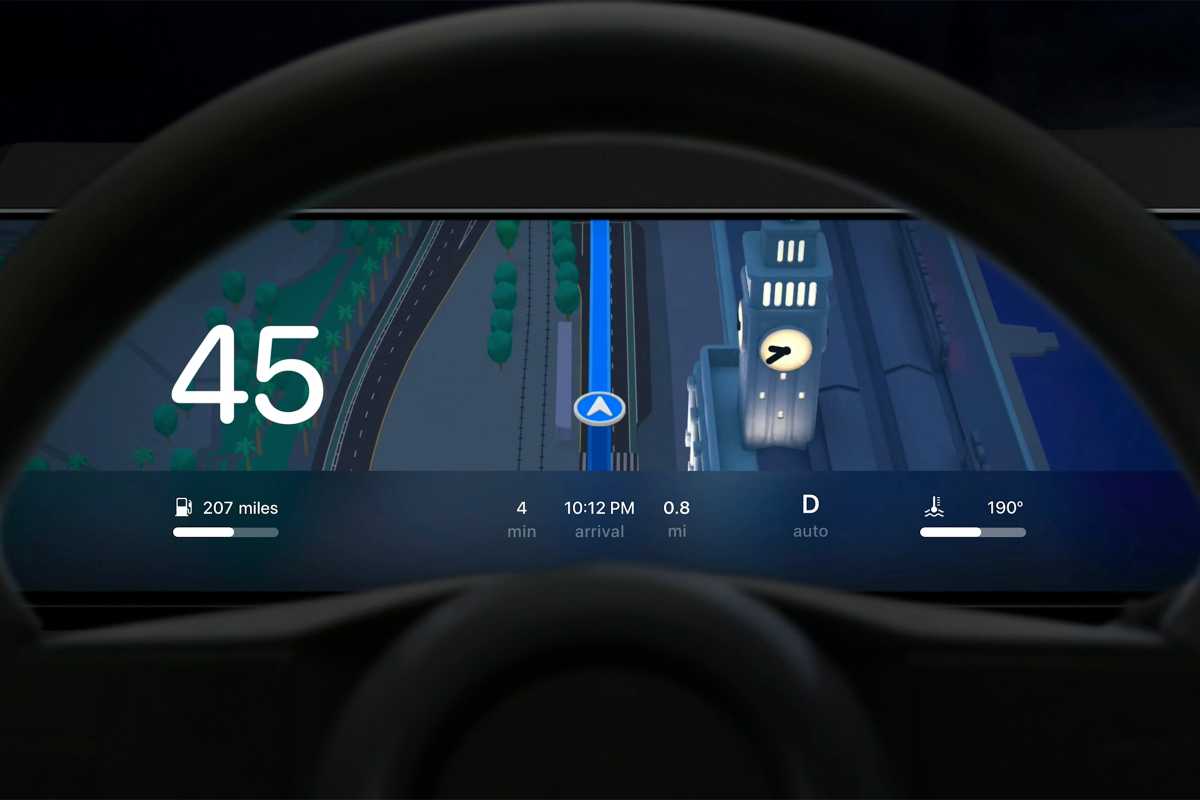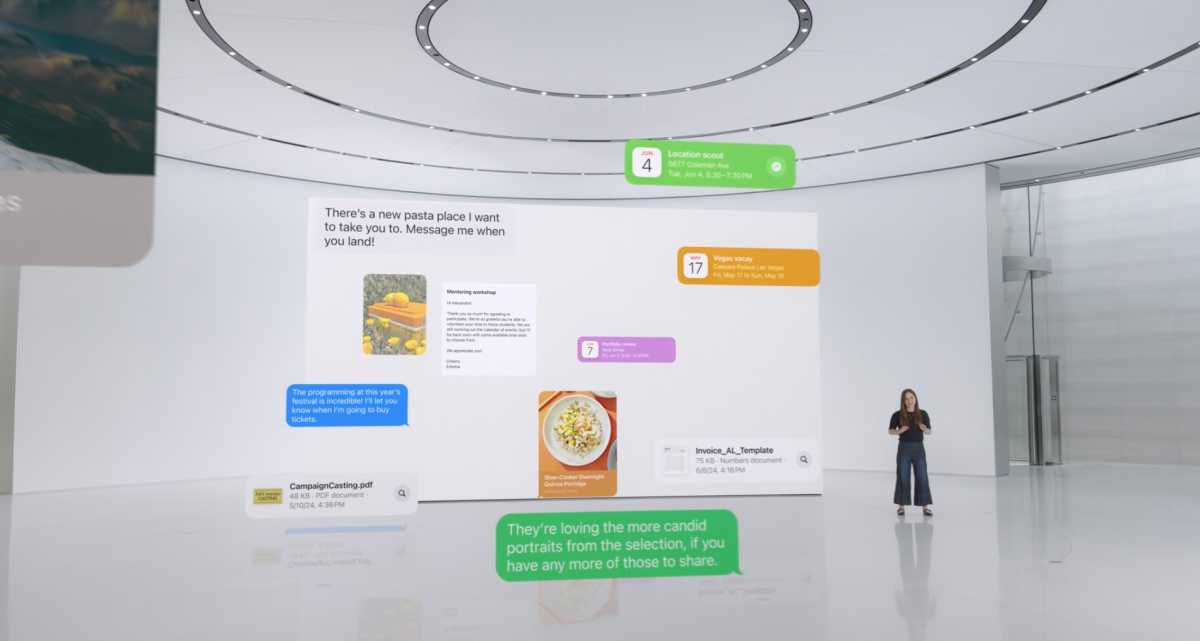By now, we’re all familiar with an embarrassing slip-up from the leadership in Cupertino. At WWDC in 2024, the company promised advanced new Siri features that would come in an update to iOS 18. Then, it created mainstream TV ads showcasing the feature (which wasn’t out yet), and finally, this spring, admitted they couldn’t deliver these features as promised. They would only come in the next year–meaning likely as an update to iOS 19–and some are questioning whether even that date is possible.
Naturally, it brought to mind AirPower, another product Apple demonstrated on stage but axed when they couldn’t deliver it. Some likened it to Apple’s long struggle to develop its own 5G cellular modem, which eventually ended in the C1 modem shipping in the iPhone 16e, but the company never got on stage (as it were) and promised one.
I think there’s a better parallel: Next-gen CarPlay.
It’s been how long?
Apple first publicly unveiled the “next generation of CarPlay” back at WWDC in June of 2022. That’s right, nearly three years ago.
To be fair, Apple called it a “sneak peek,” and said “we can’t wait to show you more further down the road.” Apple certainly never ran mainstream ads selling a product with next-gen CarPlay as a feature, unlike the missing iOS 18 Siri features. But it also showed a screen full of major auto brands, and said that “automakers from around the world are excited to bring this new vision of CarPlay to customers.”
At that time, Apple said “vehicles will start to be announced late next year.” That means late 2023. It felt, in the summer of 2022, like a very long runway and an extraordinarily early announcement from Apple. With just days left before the end of 2023, Apple announced the first next-gen CarPlay brands, and there were only two: Porsche and Aston-Martin. Both were supposed to deliver vehicles with next-gen CarPlay in 2024.

Next-gen CarPlay was supposed to transform vehicle dashboards in 2023.
Apple
Only 2024 came and went, and the cars never materialized. And no other vehicles were announced. Worse, brands like GM went in the other direction, dumping CarPlay entirely in 2024. Just last month, Porsche announced its new “Communication Management system,” the hardware and software experience for its upcoming cars. And it only features the same CarPlay compatibility we’ve all had for years.
Having missed its own distant deadline, and with no release in sight, next-gen CarPlay looks like it might never see the light of day, especially on the sorts of cars most of us can afford.
A problem of Apple’s own making
Apple didn’t have to show off the new CarPlay back in 2022, and it’s hard to understand why it bothered to. Even then, supporting cars weren’t supposed to be announced until late 2023. So why not just announce it at WWDC a year later?
Better yet, why not wait to announce it until the first automakers are actually ready to announce their supporting cars, and co-market with them? Why not just keep everything under wraps until it’s ready to ship, as it did with the development of the C1 modem?
Just as with the new Siri capabilities, Apple’s marketing needs surpassed its capabilities. There was no technical reason to announce something so unready, no case to be made to customers. It was a marketing need, put ahead of the development realities.

The next-gen Siri announcement at WWDC raised expectations—and the iPhone 16 launch only heightened them.
Apple
This was further enabled by the shift to pre-recorded events. It was harder to show a slick, finished-looking demo of a feature that is definitely not ready yet and may never be when they had to show it off live on stage.
In hindsight, we shouldn’t have been so surprised when Apple said it couldn’t deliver on its Siri promised. When 2024 came and went without even a hint of next-gen CarPlay coming to market, we could have realized that Apple has started to engage in that most un-Apple practice of promoting stuff while it is still early in development.
Apple has big expectations ahead of it for WWDC in June. It has to convince users that it can create new experiences we’re excited about after the disappointing release of Apple Intelligence, convince the market that it isn’t disastrously behind on advanced AI technology, and convince the press that its promises are trustworthy.




